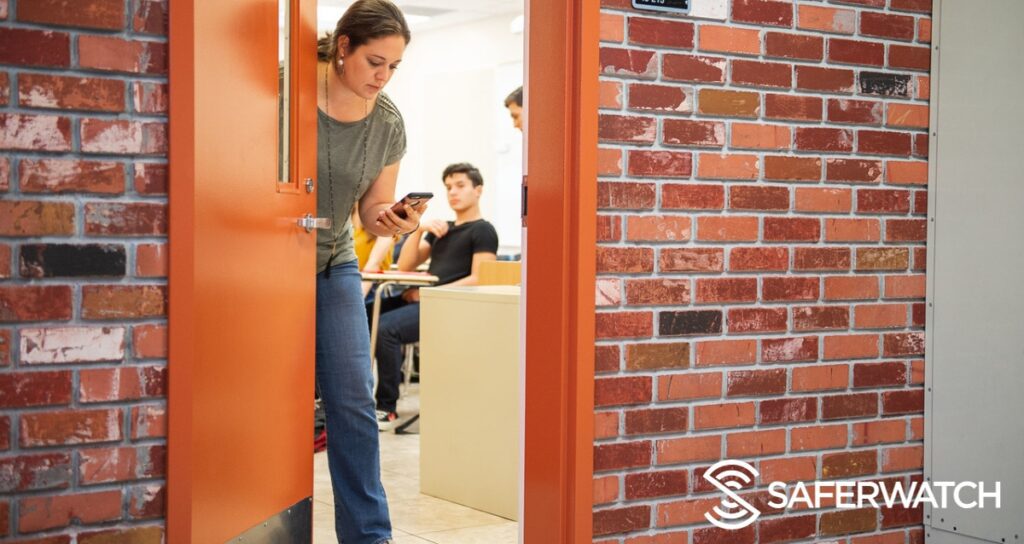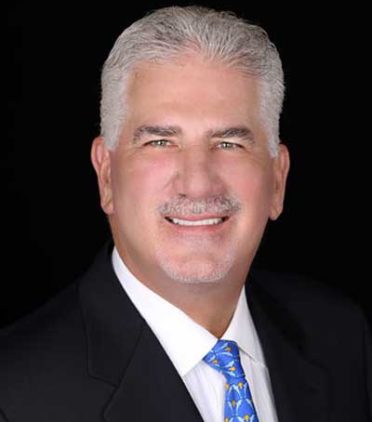Medical Emergencies In Schools: What To Do and How An Alert System Can Help
When your children leave for school in the morning, your main concern is that they make it back safely at the end of the day. But what if something happens while they’re there? Will you know about it in time to help them or will you find out too late? If a medical emergency occurs during school hours, are the staff prepared to respond appropriately and quickly enough? These are important questions all parents should consider when sending their children off to school each day. To be best prepared for any unexpected circumstance, understanding how schools handle medical emergencies and how an alert system can help is crucial. We’ll take a closer look into this often-overlooked aspect of school safety today.
Common Medical Emergencies In School Settings
Schools use a variety of safety protocols to ensure the wellbeing of their students. Unfortunately, medical emergencies can still occur and require swift action from faculty in order to properly respond. Over the past decade, more than 175,000 school injuries have resulted in a visit to a hospital emergency department. Common medical emergencies in school settings include allergic reactions, diabetes-related issues, choking, seizures, fainting spells, shock due to injury or heat exhaustion, and physical trauma. All individuals responsible for student supervision should receive training on how to recognize potential medical emergencies as well as proper first aid procedures. Having these resources readily available can help to minimize complications or life-threatening situations should an emergency arise.
Recommended Steps To Take When Responding To A Medical Emergency
When responding to a medical emergency, every second counts. Knowing how to properly react in such a situation will help ensure that the affected person gets the best care possible. First, it’s important to notify 911 or your local emergency services immediately, and be prepared to provide basic information regarding the health issue and location. From there, depending on the situation, it’s important to make sure that any objects that pose potential harm have been removed from the surrounding area; providing safety for both you and the injured individual. Additionally, remain calm when assisting an injured person – this can reduce their anxiety levels and encourage them to comply with any instructions given by emergency service personnel. Lastly, check that the individual was not injured as a result of an accident or if they require CPR or other assistance while waiting for emergency personnel. Taking these simple steps will ensure that appropriate action is taken during a medical emergency.
Benefits Of Having An Alert System In Place For Medical Emergencies
The SaferWatch panic alert system has revolutionized the way medical emergencies are dealt with in schools, allowing for students and staff to immediately notify first responders and provide an accurate location of the incident. Not only does this expedite the process of getting help, but it also makes school environments safer by providing more proactive measures when dealing with medical issues. With SaferWatch’s location-based feature, first responders can quickly be dispatched to the specific area of need on school grounds, drastically cutting down response time that could mean life or death for someone in distress. Not to mention such a system helps everyone at the school remain calm in an emergency situation, knowing help is already on its way.
In summary, medical emergencies can arise quickly and unexpectedly, and educators must be prepared to act. Knowing the symptoms of common medical emergencies in school settings, having an alert system in place, and being aware of what tools to use when responding can help bring the best outcome possible. It is important to have an understanding of the features available when using an alert system so that appropriate steps are taken when needed. Not only will this decrease risk but also enhance safety protocols already in place. If we equip educators with the right knowledge and communication systems, we can ensure a safer educational environment for all. If you would like to know how you can implement SaferWatch into your school contact us today!























